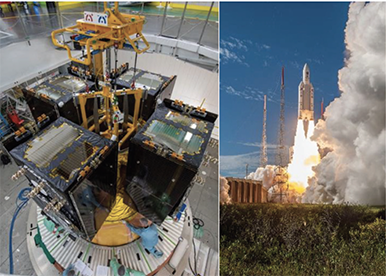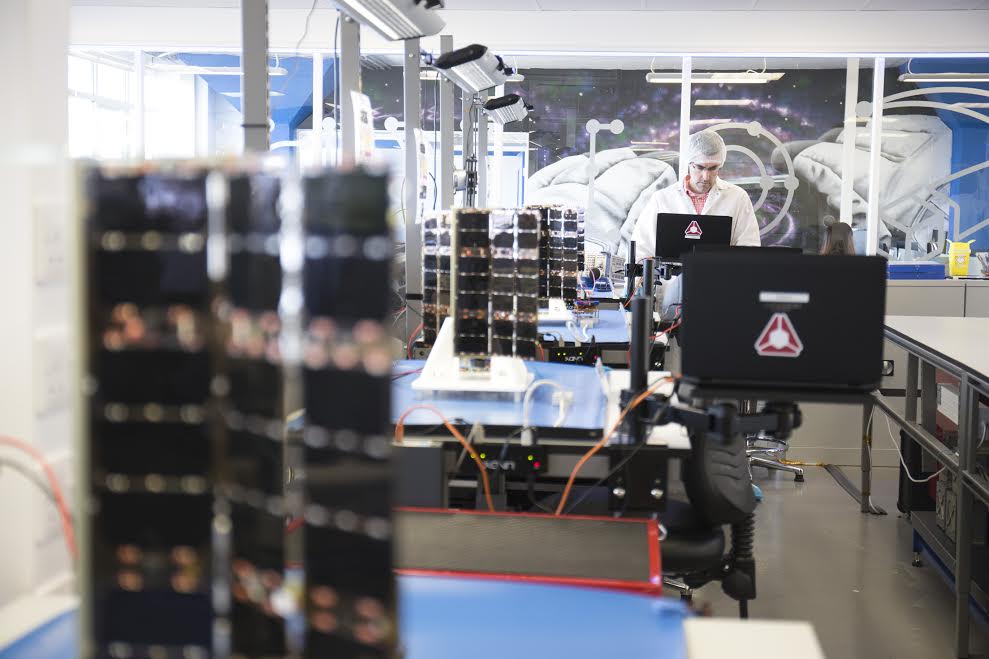Researchers funded by the European Space Agency (ESA) NAVISP program have developed a new EGNOS performance prediction model using state-of-the-art machine-learning (ML) techniques.
EGNOS is the European Geostationary Navigation Overlay Service, the EU’s satellite-based augmentation system (SBAS), providing vital services in many sectors, including aviation. The new performance prediction model emulates the output of the EGNOS central processing facility (CPF), monitoring the integrity of EGNOS system and generating navigation messages and corrections for users in the service area.
Speaking at the final presentation of the ‘Machine learning to model GNSS systems’ project, ESA Technical Officer Mickael Dall’Orso said, “Most of the so-called ‘macro models’ for predicting EGNOS performance have been quite simple, based on satellite and RIMS [ranging integrity monitoring station] geometry and not much else. We wanted to find a more accurate method that would take more variables into account, things like multi-path variances and space weather.”
Project coordinator Bastiaan Ober, of the Dutch company Integricom, said, “We were interested, specifically, in predicting GIVEI and UDREI uncertainties.” Grid ionospheric vertical error indicator (GIVEI) values specify the status of the ionospheric grid points (IGPs) used by EGNOS to estimate ionospheric delay. User differential range error indicator (UDREI) values correspond to satellite health parameters.
Clear targets
Project partners, including Integricom, Hungary’s GeoX and Prague-based Iguassu Software Systems, obtained 5.5 years’ worth of EGNOS data, including key variables such as space weather. Of this data, 70% was used to train the model and 30% was used to test the model.
In his summation of project results, Ober said, “We saw the ML model clearly outperforming the standard macro model, improving overall EGNOS performance prediction. The improvement is significant for both UDREI and GIVEI values, and in terms of protection level and availability. That means the ML model gives users a more accurate picture of EGNOS availability and performance.”
Ober suggested ways in which the model could be improved, including through the use of more accurate space weather forecasting. “There is an additional computational cost when you are implementing this kind of model,” he said, “although that cost should not be limiting for the envisaged applications, such as in aviation.”
He also offered what he described as, “a more-than-polite thanks” to ESA, explaining, “EGNOS, for most of us working on this project, was a black box, a very complex system that we didn’t fully understand. ESA helped us enormously to learn more about how the system works, and they also gave us access to their own high-end EGNOS simulator.”
ESA’s NAVISP Element 1 Manager Stefano Binda said, “This is the third of a series of projects with the same title but with different content. The rapidly evolving global PNT market represents a big opportunity for our European economy, and we need to take full advantage of it, which is why we will continue to support work like this.”






